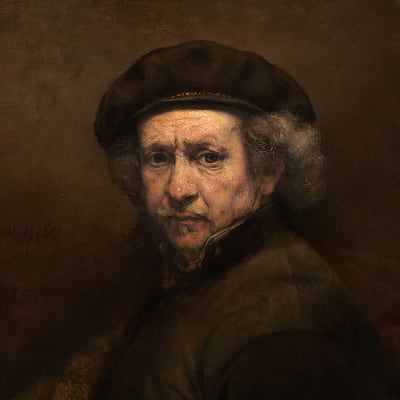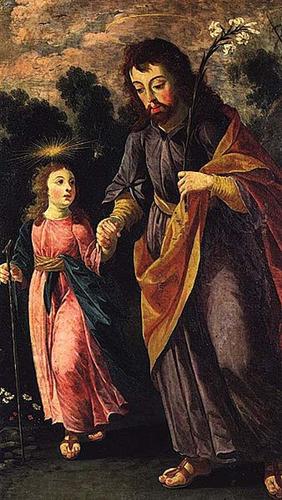图片尺寸:6000 x 4715 像素
作品名称:Saul and David
中文名称:扫罗和大卫
创作者:伦勃朗 Rembrandt
创作年代:1660
风格:巴洛克艺术
体裁:宗教画
材质:oil
现位于:莫瑞泰斯皇家美术馆 Mauritshuis, Hague, Netherlands
实际尺寸:164.5 x 130 cm
版权信息: Public Domain(公有领域)
无水印高清图下载
图片尺寸:6000 x 4715 像素
图片大小:7.96 MB
图片格式:JPG
下载方式:百度网盘
下载地址:

作品介绍
机器翻译:
多年来,这幅画一直是莫瑞泰斯皇家美术馆最著名的伦勃朗作品之一--直到1969年,人们才对伦勃朗是否真的画过这幅画产生了怀疑。此后,人们对这幅画进行了彻底的研究和修复,并确定它确实是这位大师所画。他在1651年至1654年间创作了这幅画,后来完成了这幅画,可能是在1655年至1658年间。
左边坐着扫罗王,他戴着彩色头巾,手持长矛。年轻的大卫弹着竖琴,跪在右边。主题取自《旧约》(《撒母耳记上》18: 9-11)。被黑色情绪困扰的扫罗,在大卫的竖琴演奏中找到了安慰。但多年来,当大卫在与非利士人的斗争中取得胜利时,扫罗开始嫉妒并向他投掷长矛。大卫设法及时躲开了,但他们之间的友谊却走到了尽头。伦勃朗展示了扫罗投掷长矛之前的那一刻。扫罗在窗帘上擦干眼泪的手势很特别;就好像被悲伤冲昏头脑,他首先抓住了手边的东西。像这样取自生活的原创想法,是伦勃朗的典型特征。
这幅画并没有随着时间的推移而毫发无损地保存下来。在十九世纪,扫罗和大卫的形象被切割开来,然后重新组合,这时在大卫的头顶上加了一大块帆布。扫罗斗篷上的红色笔触被画得异常自由和宽广,最初可能不那么醒目,而是用半透明的表层覆盖。
(此文曾发表于: E.Runia等,Mauritshuis: Highlights of the Collection, The Hague 2017, pp.52-53)
原文:
For many years this was one of the Mauritshuis’s most famous Rembrandts − until 1969, when doubts were raised as to whether Rembrandt had actually painted it. The picture has since been thoroughly researched and restored, and it has been established that it really was painted by the master. He worked on it between 1651 and 1654 and finished it later, probably between 1655 and 1658.
On the left sits King Saul, who wears a colourful turban and holds a spear. The young David, playing a harp, kneels on the right. The subject is taken from the Old Testament (I Samuel 18: 9–11). Saul, who was plagued by black moods, found comfort in David’s harp playing. But over the years, as David was victorious in the struggle against the Philistines, Saul became jealous and threw a spear at him. David managed to dodge it in time, but the friendship between them was at an end. Rembrandt showed the moment immediately before Saul threw the spear. The gesture with which Saul dries his eye on the curtain is extraordinary; as if, overcome by grief, he grabbed the first thing to hand. Original ideas like this, taken from life, are typical of Rembrandt.
The painting has not survived unscathed over time. In the nineteenth century the figures of Saul and David were cut apart and then reunited, at which time a large piece of canvas was added above David’s head. The red brushstrokes in Saul’s cloak, which were painted unusually freely and broadly, were originally probably less striking and covered with a semi-transparent top layer.
(this text was previously published in: E. Runia et al, Mauritshuis: Highlights of the Collection, The Hague 2017, pp. 52-53)





